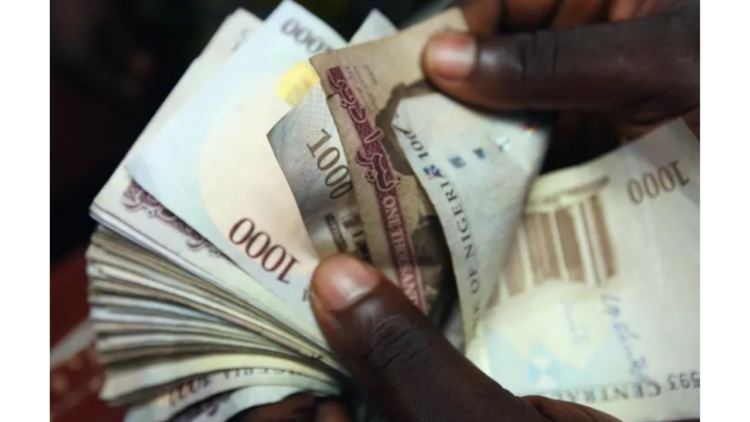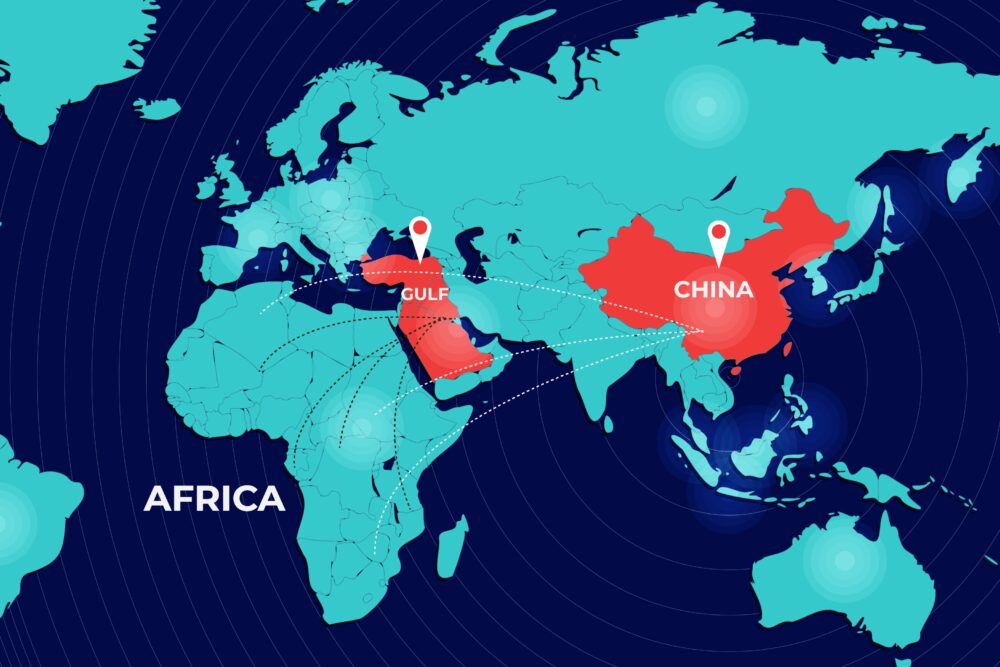
Following the harmonisation of the exchange rates in the country by the Central Bank of Nigeria (CBN), the total inflows into the Importers & Exporters (I&E) Window increased by about $270 million to close the month of June 2023 at $1.41billion.
This made it the second consecutive month of growth, rising by 23.8 per cent month-on-month to $1.41 billion in June as against $1.14 billion recorded in May.
President Bola Ahmed Tinubu had earlier in June 2023 announced the intention of his administration to harmonise the exchange rates in the country, leading to the collapse of the forex market by CBN.
Although, foreign investors are yet to come trooping into Nigeria following the floating of the naira, a move that is targeted at attracting foreign exchange inflows into the country, the latest data by the FMDQ shows an improvement in dollar inflow into the country.
Data obtained from the FMDQ shows that foreign inflows, which were up by 44.3 per cent month on month to $298.8 million, had in the month under review increased but remain underwhelming relative to pre-pandemic levels in 2019 when it recorded an average of $1.56 billion as foreign investors continue to be cautious about returning in their droves despite the foreign exchange market liberalisation.
On the other hand, local inflows rose further by 19.3 per cent month on month to $1.11 billion because of higher inflows from non-bank corporates which went up by 35.7 per cent to $597.10 million and exporters’ inflow which was up 2.3 per cent to $448.00 million.
Analysts at Cordros Research believe that foreign investors will likely adopt a wait-and-see approach in the near term as they await the CBN’s actions in clearing its foreign exchange backlogs and the direction of short-term interest rates amid high inflation.
The analysts, in an emailed note, said they “expect the lingering reforms in the foreign exchange market to translate to improvements in forex liquidity conditions over the medium term as market participants’ confidence builds up.
On the revision of the computation methodologies of the NAFEX and I&E spot rates by the FMDQ, the analysts say the revision aligns with the global shift in benchmark administration to a transaction-based model and the ongoing reforms in the domestic forex market.
The latest revision which was announced last week effects a transition from the current contributions-based model, which involves the use of indicative quotes from market participants to a transactions-based model that will apply actual forex market transaction data effective 5 July 2023.
“On the one hand, we expect the computation changes to improve transparency in the computation of the spot forex rates and provide a clearer picture of the forex rates reflective of the market realities at different times, albeit with increased intra-day volatility. Similarly, the IOCs being permitted to sell their dollars to dealing members will likely increase forex liquidity in the IEW over the medium term, supporting the local currency,” they stressed.








